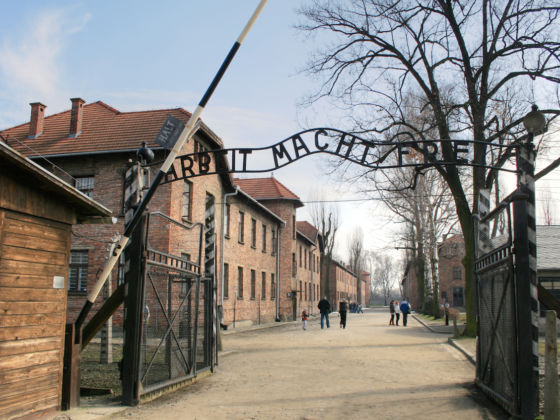It almost sounds like a bad Helen Keller joke: “How does Helen Keller sightsee?” “You tell her that she’s standing in front of the Eiffel Tower.” Hardy har har.
It’s hard to escape the visual when we talk about sightseeing. The entire word is just a combination of two words that have to do with vision. Not only is sightseeing redundantly visual, but it is so entwined with travel that the two are nearly always conflated. Guidebooks are filled with phrases like “Must-See Sights!” “Don’t Miss This Sight!” Sightseeing adventures comprise a majority of travel suggestions and blogs. It’s almost as if to travel is simply to look at things.
